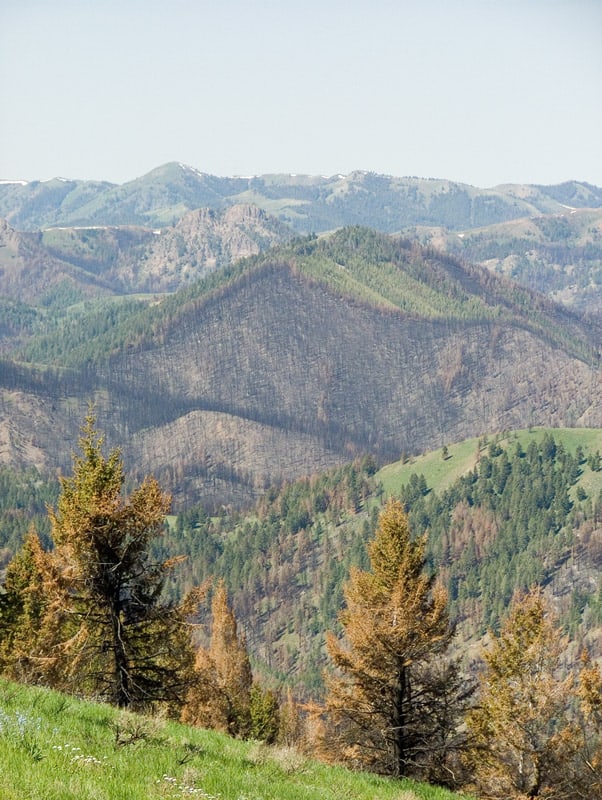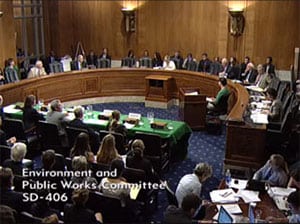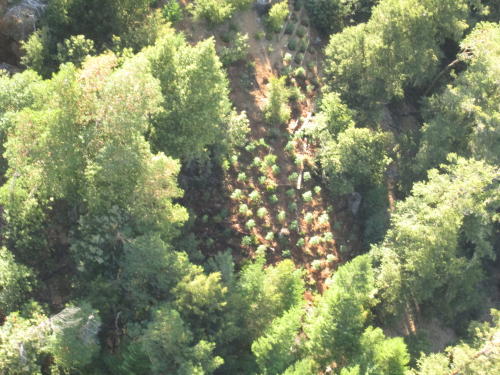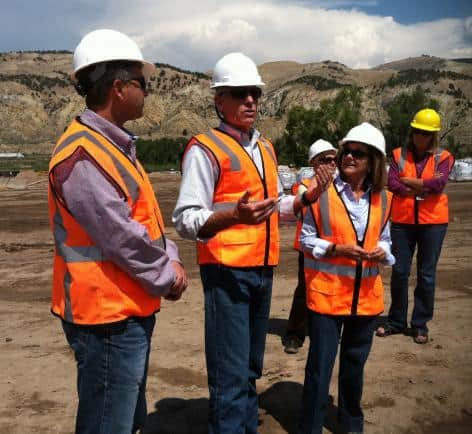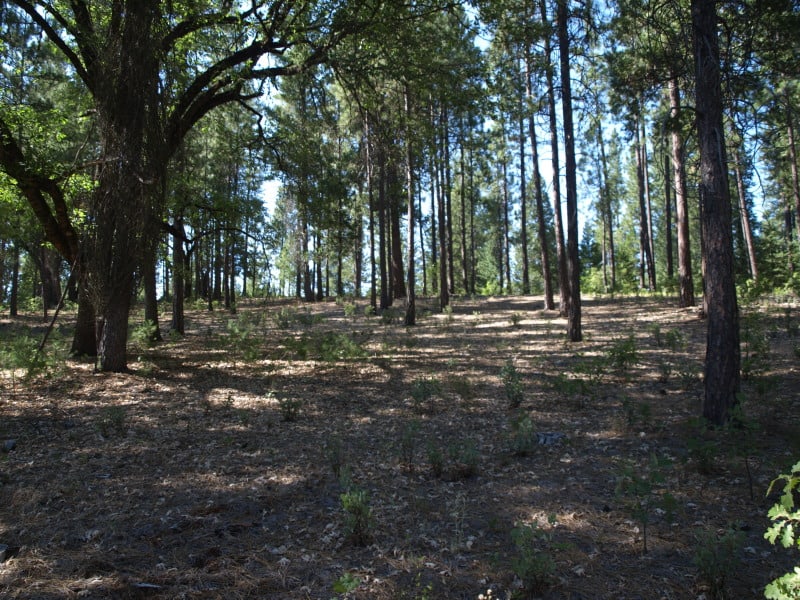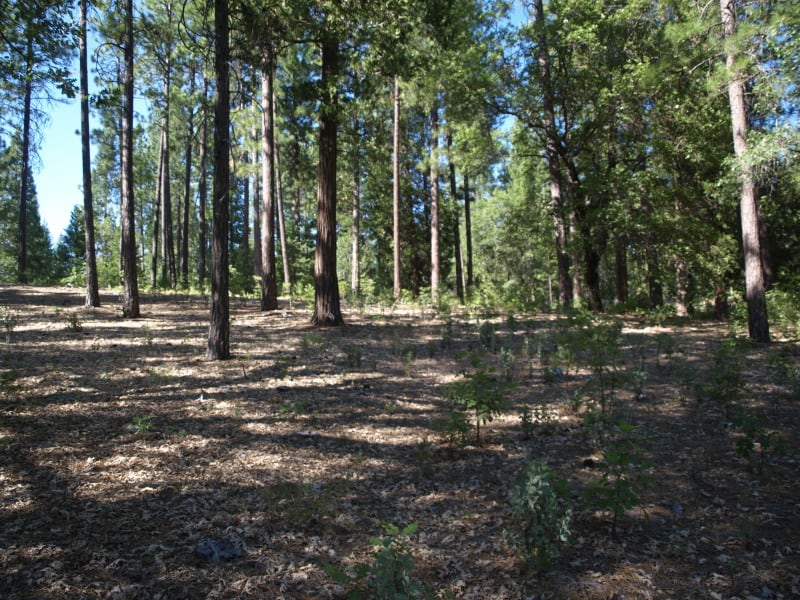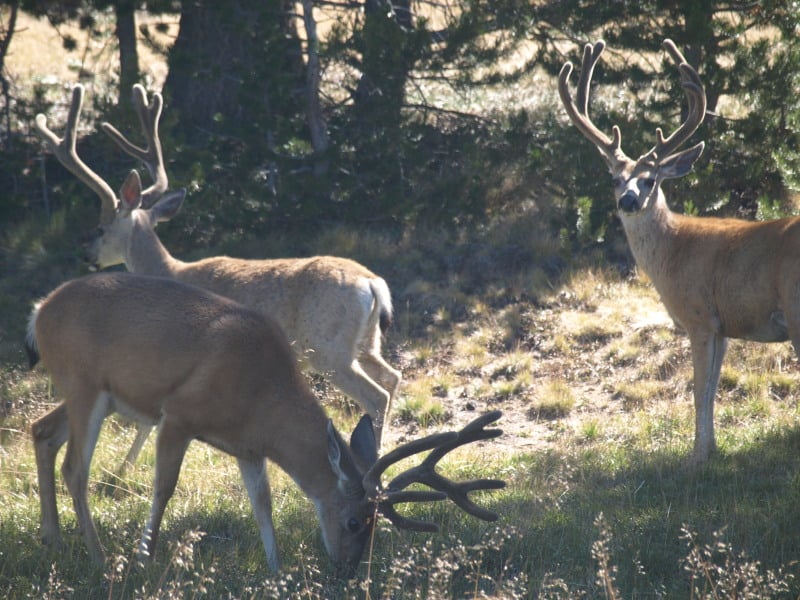Listening to the Forest Service and new roads discussion, and the points made about generalized statements about “enviros” in our discussions last week, I was thinking perhaps we should adopt an additional civility goal. Maybe as part of our continuous improvement program in civility.
t seems like our first goal was “don’t call people names”. To be hard on the ideas, not on the people. So instead of “Tiffany, you are a termagant”, you could say “Tiffany’s ideas are stinking pile of foolish innuendo enwrapt by lies and malfeasance.” (if my language is archaic, I’m reading medieval history so there is some language leakage).
I think we are fairly good at this, most of the time . The next step, though is to move toward “I don’t think that ecosystems behave the way you suggest, Tiffany, because in my experience….or these publications indicate…”
I’ve been blessed by people helping me with relational counseling at work and home; the literature they use agrees that communication is improved when you are specific, more than general, and use “I” language.
Here’s a work example: “you always give me the worst projects.”
In that case, it is said to be helpful to ask instead “I wanted to work on the XYZ project, why did you assign Frank instead?”
I think this is relevant to our discussion here for a couple of reasons. Let’s take generalizing about a couple of things as examples:
The Forest Service builds too many new roads and they can’t afford to keep up their current road system. So I think,” when I worked for the FS we weren’t building new system roads. Energy people pay for their own roads. Temp roads don’t need to be kept up.. so .. what is this person talking about?”
When David said, “a specific project in Alaska” I figured..”well that could be, Alaska Is Different (the FS mantra)”.
Similarly, when folks say “enviros think”, they, like the FS, are really too diverse to be considered one entity. If I were, say, a member or staff of the organizations collaborating on Colt Summit, I might resist be lumped with Mr. Garrity’s group. Even “some enviros” or “frequent litigators” would be better.
What I think we should go for is something I call “irritating practices and behaviors” without generalization.
So let me give an example. When I worked on Colorado Roadless, there was a group XXXX. For reasons that have been mysterious to me and others, XXXX seemed to be able to influence both R and D administrations in Washington. So any time over the seven years we worked on it, we received the message that we needed to pay serious attention to what they said. The problem was that for each of the however many comment periods, they would “up the ante”. I even had a table that showed 2005, XXXX wrote they wanted Y, so we gave them Y in 2006 they wanted Z so we gave them Z.. and so on all the way to 2011 (when I stopped working on it).
As Roadless was nearing its end, I attended an excellent Partnership Training (about the partnership with the Union). One thing they talked about with regard to employee grievances, was the idea of “negotiating in good faith.” At that point I realized that was what irritated me about XXXX, is that they did not seem to be negotiating in good faith. Unless you think that each opening is an opportunity to get your way.. which is a philosophy that is different from the idea of collaboration. More like international trade than a local stakeholder group.
Now, I could identify XXXX, but I don’t think it’s necessary. If we only were specific to the extent that we not name them by name but name the behavior or practice that’s irritating, but ascribe it to a specific entity rather than globally, I think we would be able to engage and understand each other more deeply. Also we can go deeper into why we find this behavior or practice to be irritating.
The same thing with “science.” Anytime someone says “the science shows” it makes me wonder, because different disciplines, different framings, different species, different areas of the country all may be different. The scientific process, by it’s very nature, tends to raise questions, not to settle them.
I like Roger Pielke Jrs’ quote in the post here that was excerpted below:
The risk of such an approach is reminiscent of the old saw about the drunk and the lamppost – expertise can be used more for support than for illumination.
So what do you think? Can we attempt to abjure generalizations.. about the FS, enviros, science? Can we be specific about scientific studies, and examine why we find the behavior or practices of specific groups to be irritating?

